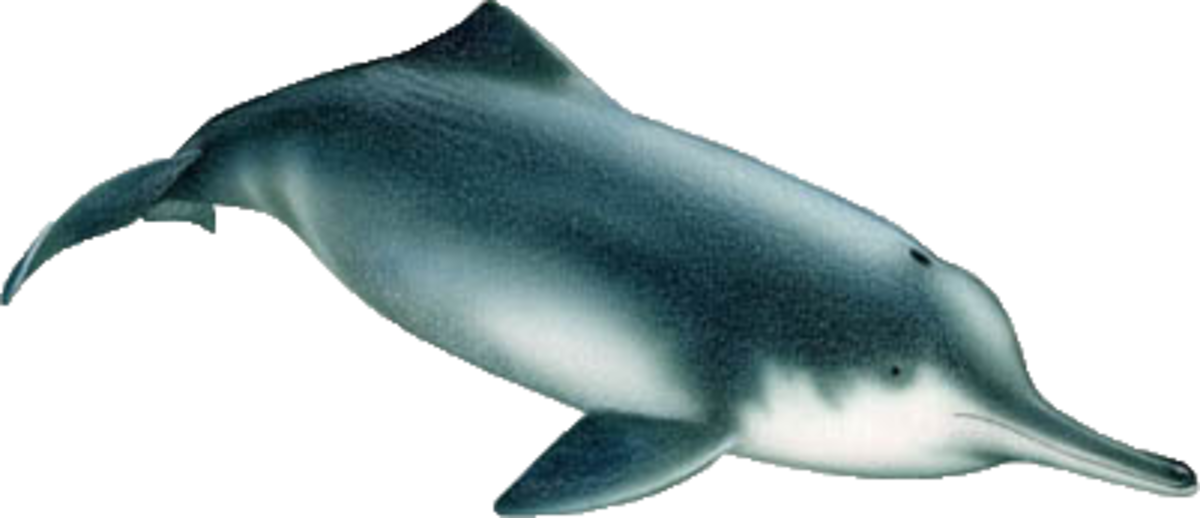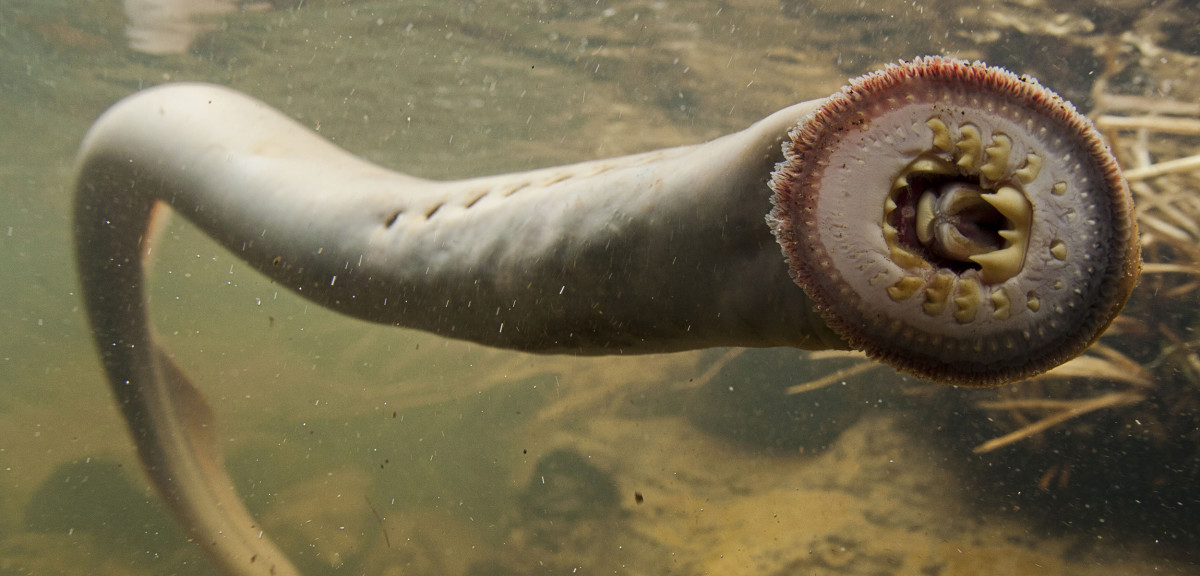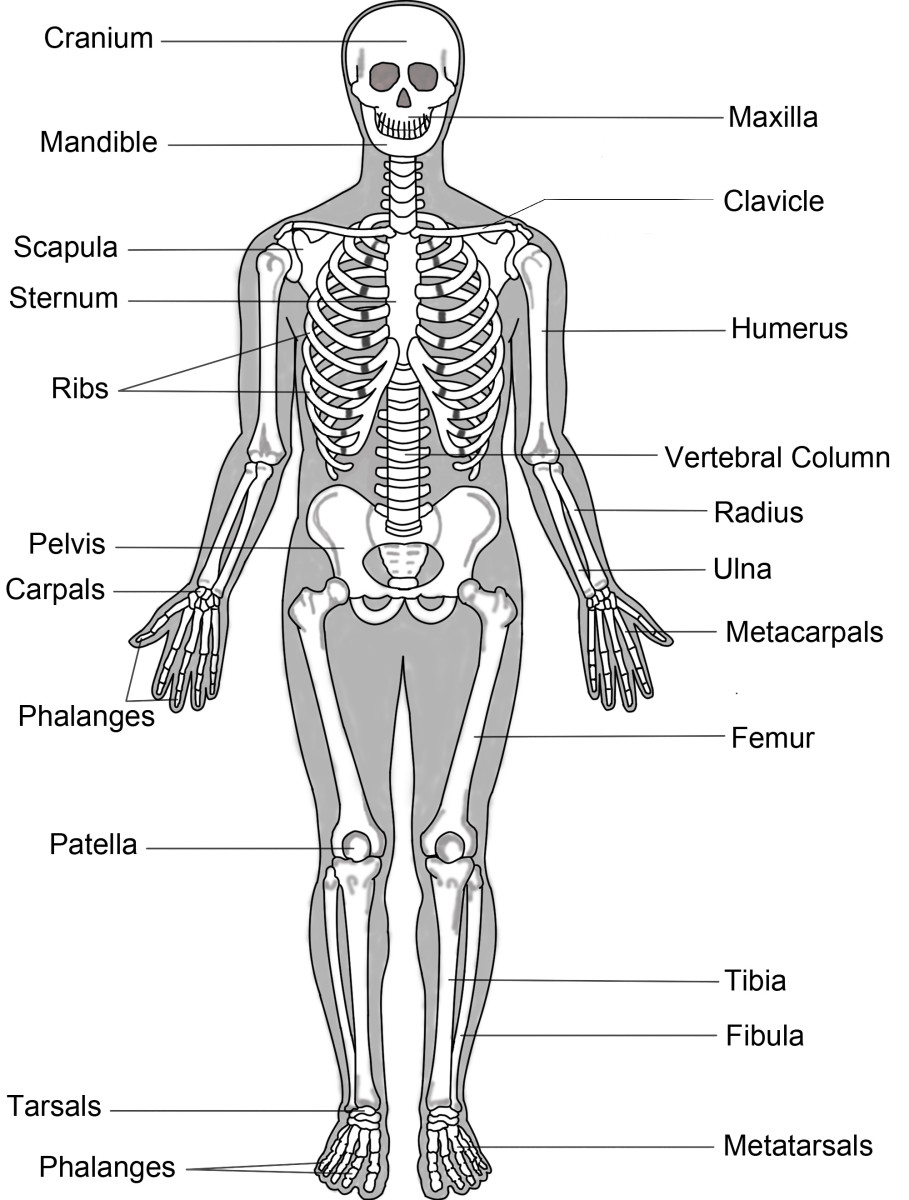Extremophiles
Living creatures thrive in a huge variety of ecosystmes
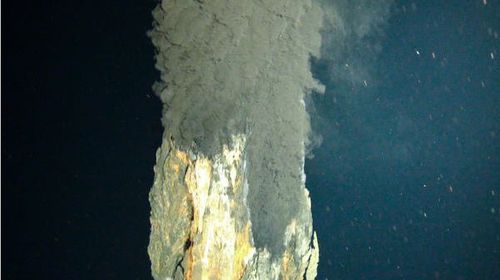
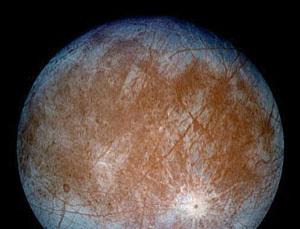
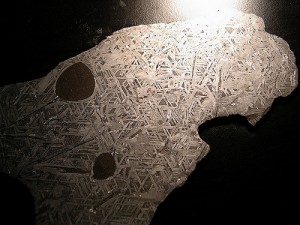
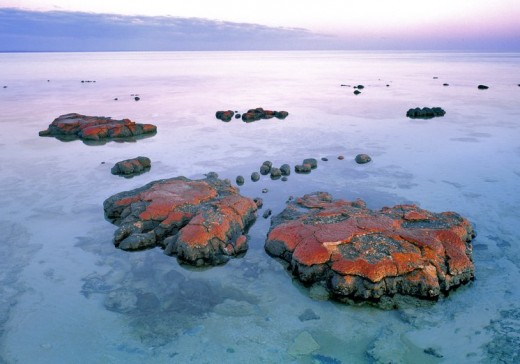
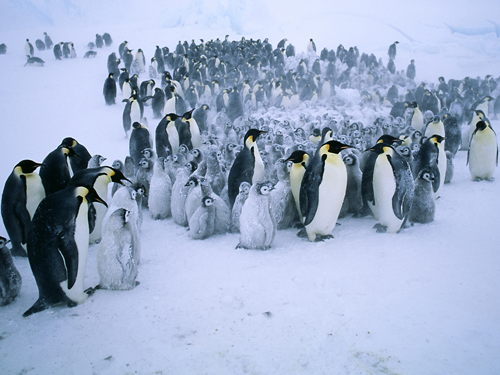
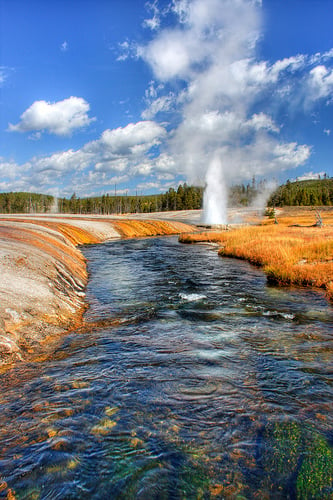
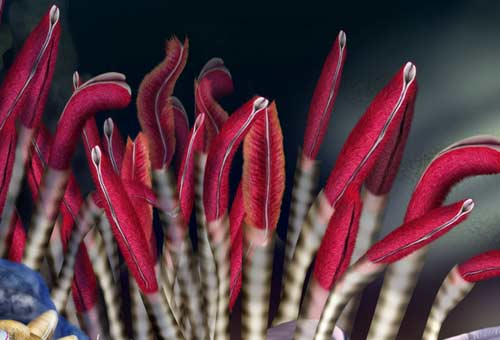
Living Beyond the Edge & Suggested Possibilities for Extra-Earth Complex Life
Life as we are familiar with in our day to day life lives in a very narrow band of conditions. But this is not the extent of life on earth. Besides relying on photosynthesis, there are forms that live completely free of the restriction of the sun's influence. Life forms have found other energy sources in conditions that are almost seemingly impossible to conceive, but open up the range in which we may find complex life. Extremophiles are found in places of total darkness, within conditions of unbelievable pressure and heat well beyond what we could even consider living in. They are found living on and with ice below zero in glaciers and near the poles. Some are found miles below the surface of the earth, miles deep and in almost solid rock. There is even a case where miners digging through solid rock happened to open up a closed cavity within the rock containing an entire complex ecosystem.
Down in the deepest parts of the world oceans are volcanic vents around which grow and live complex life and ecosystems such as tube worms, fish, crustaceans and other forms that we can't classify among existing species and genus found much closer to the surface. They live in conditions of unbelievable pressures of many metric tons to the square centimeter. If we attempt to bring them to the surface, they explode. Some of these creatures can tolerate temperatures that are in excess of 600 degrees Celsius near and above the volcanic vents. These vents spew out a constant brew of sulfur materials that to us would be concentrated battery acid. These organism are able to live in a chemical reaction with the under ocean volcanic emissions that allow them to grow and reproduce. When these die, they settle in the surrounding ocean floor depths and feed a huge variety of species that crowd around the region. These regions teem with life, most of it alien and unfamiliar to our concepts in this part of the world.
There were what many considered fanciful stories of ice worms until they were found filmed and gathered for study. They live on algae that lives near the surface of the ice where sunlight is gathered for photosynthesis and traces of nutrients are found from dust settling on the ice. These red colored worms are found where the algae grows and they sometimes discolor the ice with large colonies. They are small, measuring only a few centimeters at most and are stringy in appearance. They live in colonies of hundreds to thousands. The next time you might find yourself exploring the glaciers and see a pinkish patch, check it out closely and you will find ice worms in abundance. Despite the fact that they are on frozen ice, they are quite lively, moving through cracks and over the surface in a constant hunt for ice borne algae.
At the oceans edge, where salt water meets fresh water ice, are regions that are normally below freezing temperature, live small fish that have an antifreeze chemical in their blood. They are able to live in conditions a few degrees below zero Celsius and if the water freezes around them, they hibernate intact until the next thaw. This fish live on the traces of food and nutrients found at the edge of sea supported glaciers. Some forms of life have also been found in pressure melted ice at the bottom of thick glaciers and ice sheets.
Life around a deep sea volcanic vent
In Australia are fish and frogs that lives while there is water and then goes into deep hibernation when the water dries up. They can go into a prolonged state of suspended animation for years until the infrequent rains fall and create vast temporary lakes. These fish and frogs easily outdo bears that hibernate only over the winter or summer in the case of polar bears.
But the foregoing is not the end of the expression of extremophile life forms. Deep in the earth itself in the very rocks that make up the crust are bacteria that live in the cracks of solid rock deep in the crust, up to several miles deep. They have been encountered in deep mines, such as in Africa, where mine shafts drop several miles deep for gold and diamonds. Within volcanic vents exists forms and colonies of life that live off the hydrogen sulphide chemical reactions. They cannot live in oxygen, just as we cannot live on hydrogen sulphide. Within meters of volcanic cave vents of this divide live two kinds of life on the surface of the earth. In volcanic pools near boiling temperatures are the norm, live complex colonies of thermophiles. It is thought that when the earth dies, these will remain to the bitter end when the sun becomes a white dwarf.
As we now know that life can adapt to and evolve in extreme ecosystems, it begs the question of what we can expect to find in the rest of the solar system and the cosmos. Since extremophiles live in such conditions on earth, it would not be too surprising given panspermia, that life will be found on the Jovian moons and Titan. Below the icy surface of these moons exists liquid water and plenty of ecosystems that could support unfamiliar life. One of the moons shows curious evidence by the upwelling of brownish material around ice cracks. This may be of biological origin or might be large amounts of expelled extremophiles. Life of an extremophile sort may be found on Mars that has now been proven to contain vast reserves of frozen water just below the dusty surface. Given that, we may find algae like forms that are fed on by the equivalent of ice worms. An early mechanical robot digger on Mars has already provided tantalizing clues, but there is likely much more that we have to learn.
Ice worm extremophiles
Beyond the solar system out to as far as we can detect are trillions of planets, some around stars and many more that are not. On some of the 400 plus planets we know that orbit around stars, exists life of an extremophile sort, based on some of the things we know, and possibly some that we do not. On deep space rogue planets that are cool brown dwarfs, or large enough to have internal heating, we may find colonies of complex life of and extremophile sort around volcanic vents under mostly frozen oceans. These planets exist in constant darkness, lit up only by distant stars and the galaxy as a whole. Yet even here there are niches that would be suitable for extremophile life forms.
When human beings venture into deep space, they will encounter these rogue worlds and may even colonize them, using the active volcanoes and geothermal energy principles to set up human colonies in these perpetually dark worlds. These would be plentiful way stations on the way to the stars. By then, we will become something of extremophiles, able to adapt to impossible environments and shape them to our needs. We have a long way to go. We have to learn to work with our current environment and manage it first in a sustainable way and then reverse the damage we have done to bring it back to balance. When we learn this, then we will be ready for anything!



